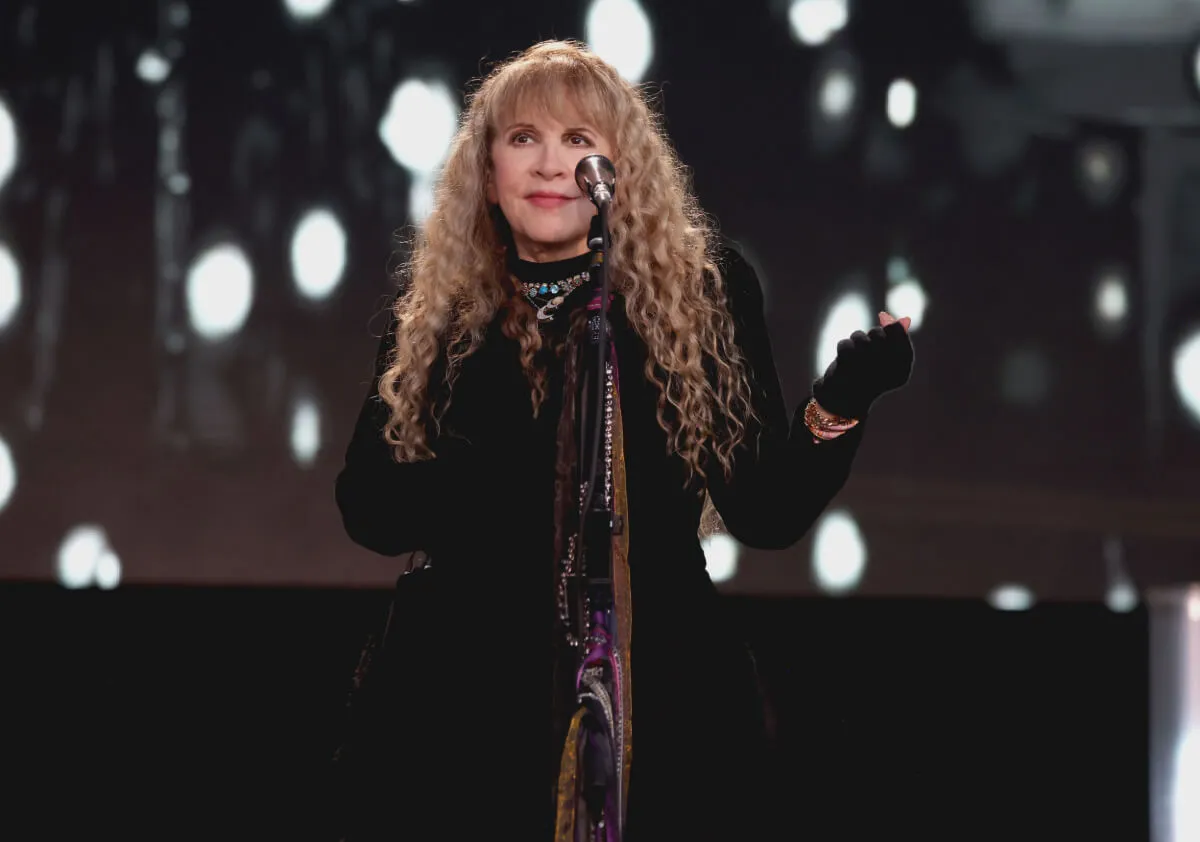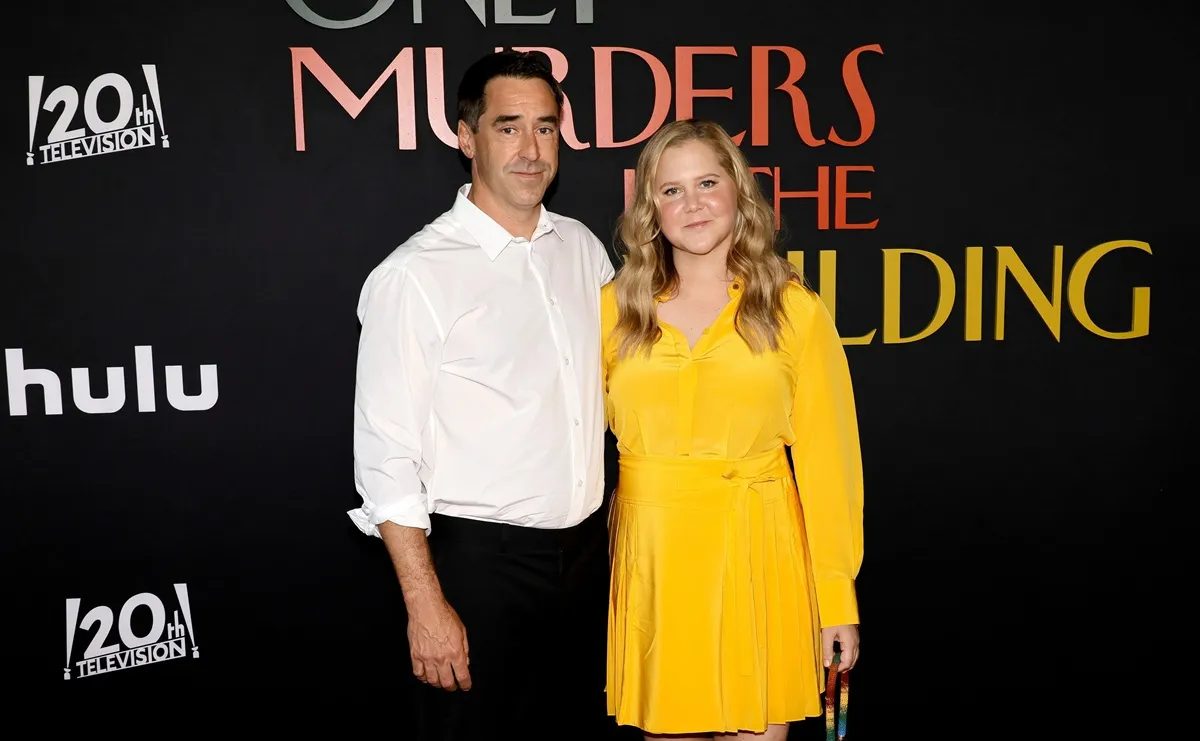
‘The French Dispatch’: How Wes Anderson’s Fictional Weekly Magazine Is Based Heavily on ‘The New Yorker’
The movie The French Dispatch by Wes Anderson is about the goings-on at a magazine publication that The New Yorker inspired. In fact, Anderson has been a fan of The New Yorker since he was a teenager and had an impressive collection of the magazine dating back to the 1940s. The film features Benicio del Toro, Adrien Brody, and Tilda Swinton, to name a few.
After a lengthy delay, the film premiered at the Cannes Film Festival on July 12, 2021. It is scheduled to be theatrically released in the United States by Searchlight Pictures on October 22, 2021. Here is a breakdown of the three different storylines of the film and some of the characters.
A story of an obsessive writer

According to Film School Rejects, Bill Murray portrays French Dispatch founder and editor-in-chief Arthur Howitzer Jr., whose character is based on the real New Yorker co-founder and editor-in-chief Harold Ross. He started the magazine with his wife, Jane Grant, in 1925 and served until he died in 1951.
Ross had a reputation of being the equivalent of a modern-day grammar snob. Ross’s story is an interesting one. He was born to modest beginnings in a prospector’s cabin in Colorado, didn’t graduate from high school, and served in the U.S. military. Ross edited an extremely impressive 1,399 issues of the New Yorker in his career, an astonishing feat considering he had very little education and didn’t have the modern conveniences we enjoy today. His obsession with comma usage was remarkable, and his signature comma usage persists in the magazine to this day.
A story of a prolific reporter
Owen Wilson plays Herbsaint Sazerac, a French Dispatch journalist based on a real counterpart, a New Yorker writer named Joseph Mitchell. Mitchell joined the New Yorker in 1938 and continued to work there until he died in 1996. Mitchell struggled in the latter years of his life and had many unfinished manuscripts, including his own biography.
Although Mitchell continued to work for the New Yorker until his death in 1996, his final finished piece that he ever submitted was in 1964. His struggles with mental health and depression were partially to blame in these latter years. However, his prolific early writings helped establish The New Yorker.
A mash-up of two writers
Jeffrey Wright plays French Dispatch journalist Roebuck Wright, a food writer from the American South, whose true inspiration is a mix of James Baldwin and A. J. Liebling. In addition to many other articles submitted to the publication, Baldwin is noted for his famous article “Letter from a Region In My Mind.”
Liebling was into food. In fact, he was really into food, so much so that he reportedly used a piece of bacon for a bookmark occasionally. He frequently wrote about the things he loved: boxing, horse racing, and food. During World War II, Liebling was active as a war correspondent.
The French government awarded him the Cross of the Légion d’honneur for his war reporting. For many years after the war, he wrote a New Yorker monthly feature called the Wayward Press, a critique of the U.S. press.
The French Dispatch is a triumph for Wes Anderson. No doubt, this will be one of his greatest pieces of work. It’s easy to see the passion Anderson has for journalism. The movie has been touted as “a love letter to journalists.” Clearly, with the star-studded cast, Anderson uses to make the film, this is a movie worth seeing whether you are a journalist or not.


